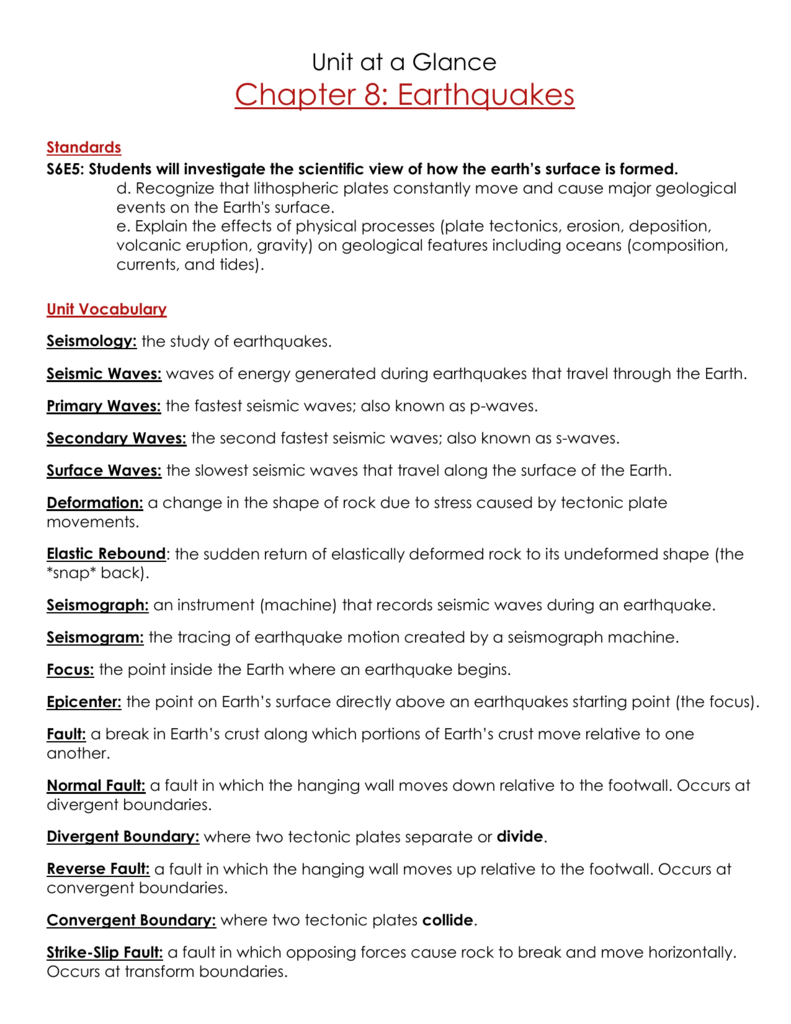The footwall moves down relative to the hanging wall.
The hanging wall moves down relative to the footwall.
The hanging wall moves down relative to the footwall.
Another type of fault is the thrust fault where ground on one side of the fault moves up and over adjacent ground.
After the occurrence of a normal dip slip fault in flat lying sedimentary rocks the fault scarp produced is eliminated by erosion.
When the hanging wall moves down in relative to the footwall it is called a fault.
An upthrown block between two normal faults dipping away from each other is a horst.
Low angle normal faults with regional tectonic significance may be designated detachment faults.
The hanging wall slides down relative to the footwall.
Normal dip slip faults are produced by vertical compression as earth s crust lengthens.
The crust experiences extension.
Normal faults usually form where tectonic plate motions cause tension.
A normal fault occurs when the crust is extended.
Tension is stress that pulls rocks apart.
A downthrown block between two normal faults dipping towards each other is a graben.
The hanging wall moves downward relative to the footwall.
When the hanging wall moves up in relative to the footwall it is called a fault.
What is the age of the rocks on the surface of the footwall side of the fault relative to those on the hanging wall.
In a normal fault the hanging wall moves downward relative to the footwall.
Normal fault s are common.
The hanging wall moves up relative to the footwall.
Along a normal fault the hanging wall moves down relative to the footwall.
The hanging wall moves down relative to the footwall.
Alternatively such a fault can be called an extensional fault.
The motion of the crustal blocks is referred to as strike slip.
In a normal dip slip fault which of the following statements describes the movement of the hanging wall relative to the footwall.

